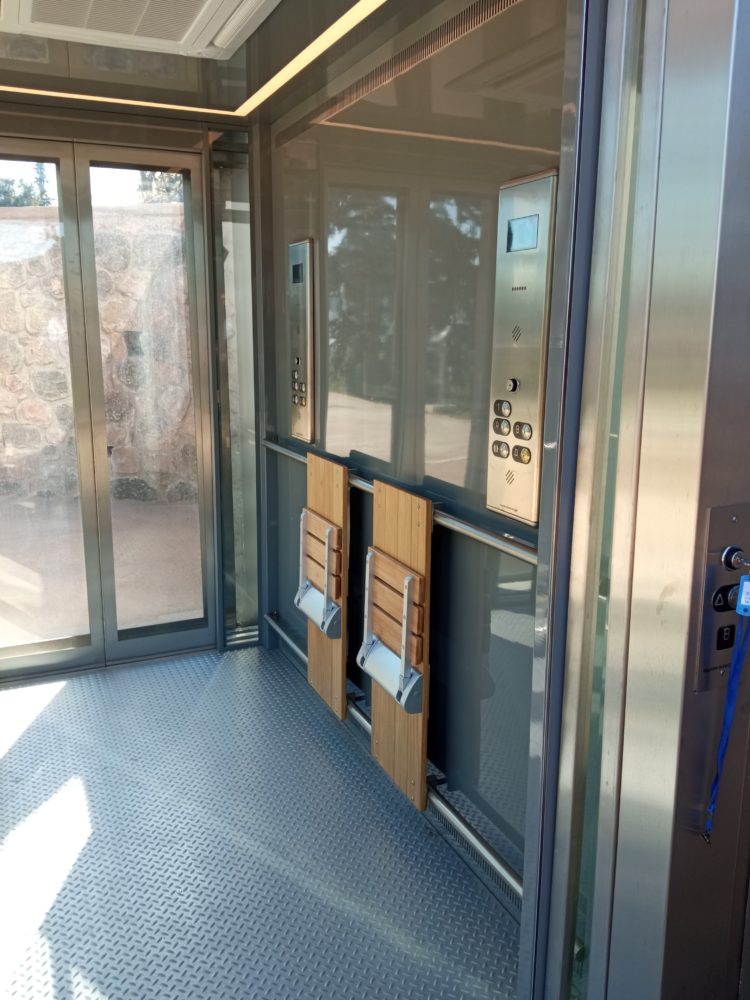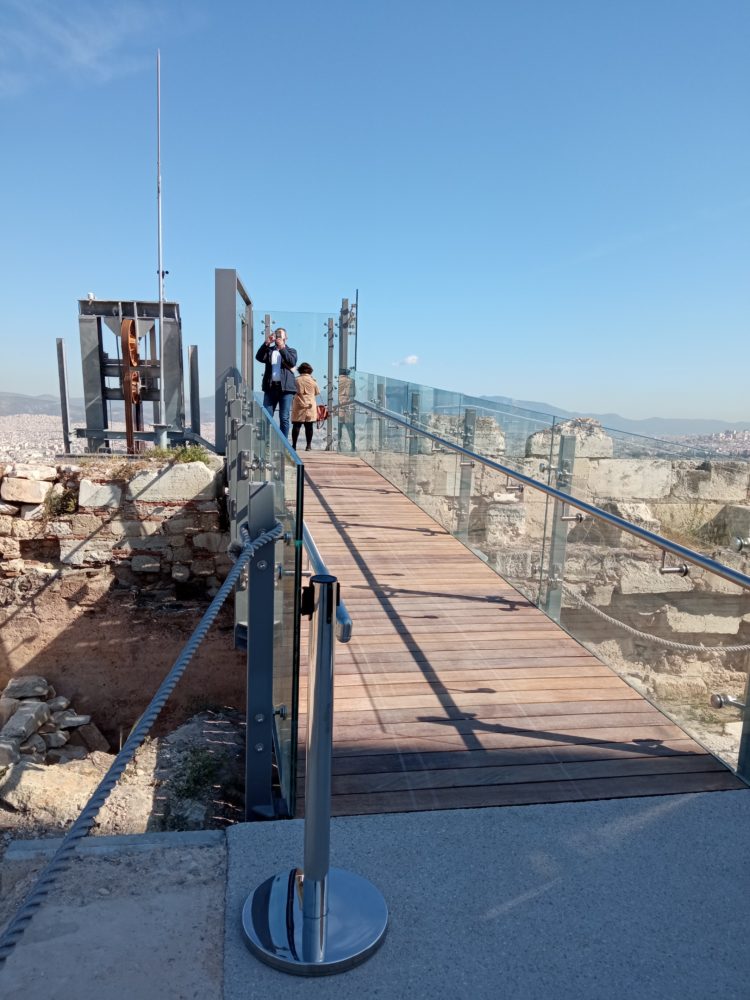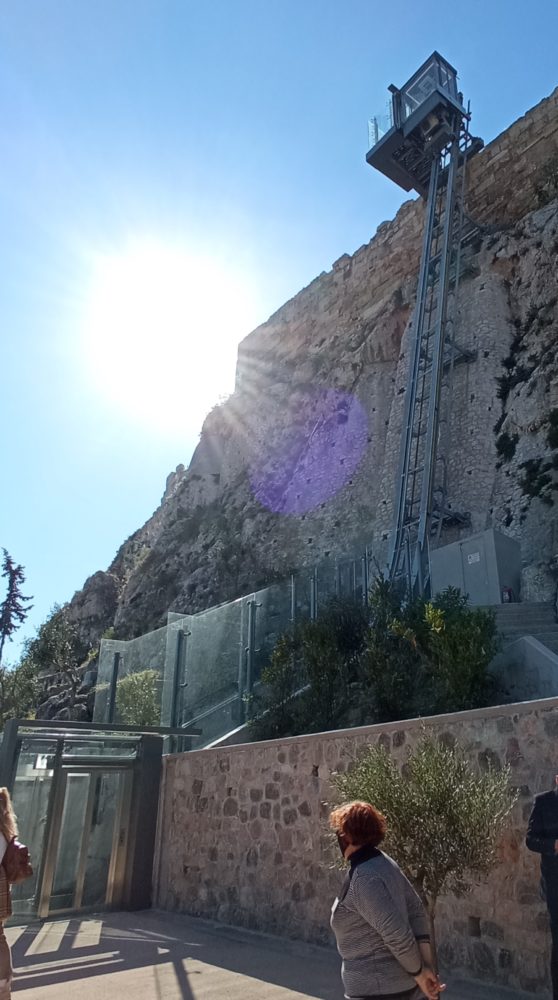Blog post written by Marily Christofi, Accessibility Expert collaborating with the NCDP
It is now commonly accepted that accessibility is a fundamental right of persons with disabilities and at the same time the basis for the enjoyment of other rights. The United Nations Convention on the Rights of Persons with Disabilities devotes a special article to it – Article 9 – highlighting its multi-dimensional nature. Respectively, the possibility of enjoying tourist and cultural experiences, i.e. access to tourism and culture which are interrelated fields, is an important right that leads to the socialization, the cultivation and acquisition of knowledge and finally to the personal development of any citizen including persons with disabilities. Ensuring the so-called “accessibility chain” (infrastructure and transport, services and technologies, information and communication), in order to meet the needs of persons with disabilities and of all groups with similar access needs, is a prerequisite at all stages of the design and enjoyment of such experiences.
In particular, ensuring the access of persons with disabilities to monuments and cultural treasures, archeological sites and museums, is one of the key links in this chain. It is the passport to the access for all, without discrimination or exclusion, to the roots of the human race and the history. But beyond the human rights-based approach it encompasses, it is also an important factor in promoting social cohesion and the economic development of local communities.
Autonomy at the greatest possible extent, security, comfort and the possibility of personal perception and information of all visitors with disabilities are the key criteria for ensuring the equal access to cultural exhibits, monuments and sites. Utilisation of modern technologies and materials, application of accessibility standards and accessible forms of information, training of staff in the cultural sector on disability and accessibility and close and continuous cooperation with the disability movement are the key preconditions that must be included in every project to ensure access to culture.
It is true that the nature and importance of exhibits, monuments and sites often create difficulties in ensuring their accessibility. The use of appropriate materials and methods that will respect and not cause irreversible damage to the monuments and sites, the good knowledge of the access needs of persons with disabilities as well as the possibilities offered today by new technologies shall be required. Consequently, the cooperation of many persons from different domains, experts and users, is needed. There are always solutions and combining all of the above can bring great results.
A relatively recent example: works to improve access to the Acropolis Rock in Athens, one of the most important monuments in the world. The creation of accessible routes, with materials friendly to the monument, from the parking lots of persons with disabilities vehicles to the top of the Rock and the installation of a modern, fully accessible slope lift with panoramic views ensured the safe and autonomous visit of persons with disabilities.
The creation of accessible information signs and the construction of a tangible model of the Rock and the monuments on it, which is in progress, will enhance the experience of visiting persons with other disabilities. Improving the accessibility of the relevant website and a number of other interventions e.g. digital browsing using new technologies and applications, staff training, etc. that the National Confederation of Disabled Persons (NCDP) has proposed to the Ministry after an on-site autopsy will enhance the experience and enjoyment of every visitor with a disability.
The access of persons with disabilities in culture is no longer a dream.
It is a right that must and can be exercised in the context of sustainable and inclusive societies.
Pictures



Photos provided by Marily
About the Acropolis
The Acropolis of Athens is an ancient citadel located on a rocky outcrop above the city of Athens and contains the remains of several ancient buildings of great architectural and historical significance, the most famous being the Parthenon.